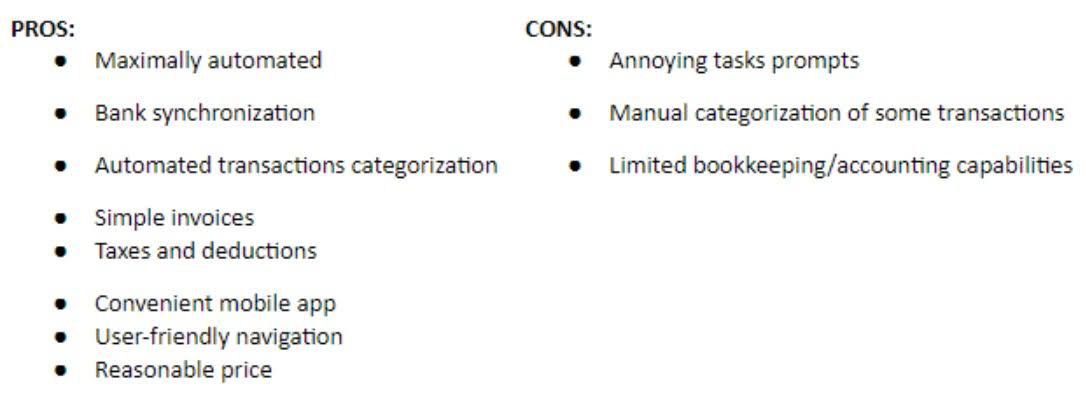Trial Balance: Definition, How It Works, Purpose, and Requirements

These accounts are closed at the end of the period by transferring their balances to the retained earnings account or other permanent accounts, such as the accumulated depreciation account. Finally, the accountant prepares the post-closing trial balance by listing all accounts with their updated balances after the closing entries have been made. After Paul’s Guitar Shop posted its closing journal entries in the previous example, it can prepare this post closing trial balance. Since only balance sheet accounts are listed on this trial balance, they are presented in balance Law Firm Accounts Receivable Management sheet order starting with assets, liabilities, and ending with equity. Next will be a listing of all of the general ledger balance sheet accounts (except those with $0.00 balances) along with each account’s balance appearing in the appropriate debit or credit column. The post-closing trial balance is significant as it verifies the accuracy of the closing process and financial statements.
2: Prepare a Post-Closing Trial Balance
- Unlikeprevious trial balances, the retained earnings figure is included,which was obtained through the closing process.
- At closing day of fiscal year, the business transfers temporary account balances to the permanent owner’s equity account or capital account.
- Temporary accounts are used to record transactions for a specific accounting period, such as revenue, expense, and dividend accounts.
- Additionally, a post-closing trial balance can be used to check the accuracy of financial statements, as it lists all the accounts with their updated balances after the closing entries have been made.
- They will work in a variety of jobsin the business field, including managers, sales, and finance.
- It plays a critical role in verifying the accuracy of financial records, aiding in the preparation of reliable financial statements, and demonstrating the company’s financial position at the end of the accounting period.
The purpose of the post-closing trial balance is to ensure the accuracy of the accounting records for a specific accounting period, typically a month, quarter or year. It is prepared after all adjusting entries have been made and financial statements have been completed. The primary purpose of the post-closing trial balance in financial reporting is to confirm that the total of all debit balances equals the total of all credit balances after the closing entries have been posted. Again, this means that all temporary accounts have been closed out, and the company has fresh books to begin tracking revenues and expenses in the new period. Nominal accounts are those that are found in the income statement, and withdrawals.
Post Closing Trial Balance

This report provides a snapshot of the company’s recording transactions financial position after the closing entries. A company’s transactions are recorded in a general ledger and later summed to be included in a trial balance. At the bottom of the debit balance and credit balance columns will be a total for each.

What are the purpose of the post-closing trial balance?

The general purpose of producing a trial balance is to ensure that the entries in a company’s bookkeeping system are mathematically correct. The post-closing trial balance includes permanent (real) accounts such as assets, liabilities, and equity accounts, while temporary accounts like revenue and expenses are closed and not included. Many students who enroll in an introductory accounting course donot plan to become accountants. They will work in a variety of jobsin the business field, including managers, sales, and finance. In areal company, most of the mundane work is done by computers.Accounting software can perform such post closing trial balance tasks as posting the journalentries recorded, preparing trial balances, and preparing financialstatements. Students often ask why they need to do all of thesesteps by hand in their introductory class, particularly if they arenever going to be an accountant.
- Accounts like cash, accounts receivable, inventory, accounts payable, and owners equity are typical examples of accounts included in the post-closing trial balance.
- This version contains the ending balances of all accounts in the general ledger, before any adjustments have been made to them with adjusting entries.
- At the end of the period, all of the account ledgers need to close and then move to the unadjusted trial balance.
- If the transaction affects the increase of assets, then it should be debited.
- All such information is provided solely for convenience purposes only and all users thereof should be guided accordingly.
- A post-closing trial balance is a financial report that lists all the accounts with their updated balances after the closing entries have been made at the end of an accounting period.
How Do You Prepare the After-closing Trial Balance?
A post-closing trial balance is a financial report prepared at the end of an accounting period to ensure that all temporary accounts have been closed and the company’s books are balanced. As with the unadjusted and adjusted trial balances, both the debit and credit columns are calculated at the bottom of a trial balance. If these columns aren’t equal, the trial balance was prepared incorrectly or the closing entries weren’t transferred to the ledger accounts accurately. Preparing a trial balance for a company serves to detect any mathematical errors that have occurred in the double entry accounting system.


The process of preparing the post-closing trial balance is thesame as you have done when preparing the unadjusted trial balanceand adjusted trial balance. Only permanent account balances shouldappear on the post-closing trial balance. These balances inpost-closing T-accounts are transferred over to either the debit orcredit column on the post-closing trial balance.

